Sugar: Everything You May Not Know
Sugar is an ingredient found in hundreds of things. It’s normal to find sugar in chocolate bars, muffins, caffeinated beverages, pies, cookies, and so much more. But, while it’s a staple, there are many things you might not know about sugar.
Continue reading if you want to know some of the most important details about sugar, such as where it comes from and why people use it. In case you missed this post, How to Make Brown Sugar
Sugar: Everything You May Not Know
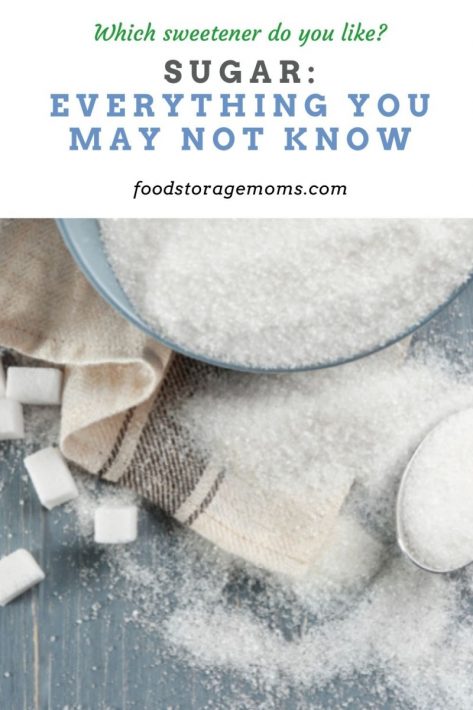
Where Does It Come From?
I quote, American Farm Bureau Foundation for AG, Sugarcane is a tropical plant that looks something like bamboo. Sugarcane is grown in tropical climates in states like Louisiana, Texas, Florida, and Hawaii. Sugar is made in the leaves of the sugarcane plant through photosynthesis and stored as a sweet juice in sugarcane stalks. Apr 6, 2020
While many people eat sugar as part of their daily diet and even add it to different foods they eat and drink, such as their cup of hot tea or coffee, not everyone knows where it comes from. Sugar comes from the leaves/stems attached to the sugarcane plant.
The process begins with cutting the sugarcane plant down, harvesting it, and then sending it over to a factory that will extract the cane juice. After the extraction process, workers at the factory purify the cane juice, filter it, and crystalize it to turn it into the white sugar that we see and use in different foods and beverages.
It’s believed that sugar first came from India more than 2000 years ago. From there, it became a staple in cooking food products all over the world, including China, Persia, and Sicily.
As a result, sugar is one of the most common ingredients to use in all different types of meals almost everywhere, but especially in the United States. It’s such a common ingredient used to make foods that there are times when it’s a challenge to find something that doesn’t contain sugar.
Is It Bad for You?
Sugar isn’t the healthiest ingredient found in the foods we eat. While it adds flavor to foods and gives them that touch of sweetness that people often enjoy, it can cause serious health problems when consumed too often or in large quantities.
However, in moderation, having a bit of sugar is okay. It’s not a bad thing to give in to temptation from time to time, whether you’re eating a donut, some cookies, or having a main meal entree that contains sugar.
So, why is sugar considered an unhealthy ingredient? Well, it doesn’t offer any nutritional value. It can cause damage to the metabolism, which could lead to excess weight gain over the years.
It’s also a leading cause of type 2 diabetes in those diagnosed with the condition. In addition, consuming too much sugar could cause heart problems, including inflammation and heart disease. If you’re diagnosed with heart disease, you have a much greater risk of suffering from a heart attack because of your condition.
What Are Some Other Health Conditions Affected by Sugar?
Besides the possible weight gain, heart damage, and risk of type 2 diabetes, there are other health risks you need to consider when determining how much sugar you feel comfortable consuming on a daily basis.
Acne is a common challenge for those consuming larger amounts of sugar, particularly in teens. When we eat foods that register a higher than usual glycemic index, like processed sweets, our blood sugar levels increase more quickly.
Studies have shown that acne is a common result of high-glycemic diets. Another interesting study shows that people living in rural areas who normally eat non-processed foods, consistently have very low levels of acne. More urban/city dwellers tend to have a higher incidence of acne, mainly due to the number of processed foods they typically eat.
There have been numerous studies that show high levels of sugar consumption lead to related higher levels of depression. A healthy diet helps all of us improve our moods, diets with added sugars and processed foods may commonly increase the down moods we all dislike.
If you’ve noticed your skin tone changing you may want to evaluate how much sugar you intake each day. The reactions between sugar and our body’s protein may prompt early skin aging. Studies have shown that women who tend to eat more carbs and related sugar, are more prone to have wrinkles than their more sugar-free diet peers.
Some of us have experienced an energy “crash” after consuming an added sugar series of treats. We may gain some energy boost early on, but it is short-lived and may lead to a sharp drop in blood sugar levels, and thus the crash.
One of our organs that tends to suffer from increased sugar intake is the liver. It’s been shown that those who eat large amounts of added sugar foods, mainly in the form of fructose, will overload the liver and risk non-alcoholic fatty liver disease.
What Do the Different Names for Sugar Mean?
Although sugar can be made from plants other than sugar cane, like sugar beets, most sugar products we buy are products sourced from sugar cane.
- Granulated Sugar: this is what we usually have at home as white or table sugar. It is the one most often used on commercially produced products and the recipes we make at home.
- Caster Sugar: much like granulated sugar, it has a finer texture that tends to dissolve more quickly, thus its use for baking most dessert products.
- Confectioners’ Sugar: this is what we usually call icing or powdered sugar. It is very fine sugar that easily dissolves into toppings.
- Brown Sugar: this is regular granulated sugar that is mixed with molasses. You may not know that molasses is a sugar by-product that they boil down so it’s made into a dark and thick syrup.
- Cane Sugar: is made from the sucrose extracted from the sugarcane, and though very similar to granulated, it tends to be sweeter.
- Fruit Sugar: not frequently used in our daily food supply products, it is commonly known as fructose.
The Different Types of Sugar Alternatives
While sugar is fine to eat in moderation, you’re probably wondering what types of alternatives you could use when preparing some of your favorite foods and beverages. Many people are using natural sweeteners to add a touch of sweetness to their favorite drinks and foods because they want to live healthier lifestyles without experiencing the possible risks of consuming too much sugar.
Honey
One natural alternative to sugar is honey. Not only does it offer a sweet touch to different foods and beverages, but it’s also good for you. Honey contains antioxidants that are good for your health. It’s known to help improve digestive issues, too.
So if you’d typically add a few tablespoons of sugar to your hot cup of tea, oatmeal, or coffee, consider trying a tablespoon or two of honey. You’ll quickly notice the sweet taste it provides! While it may not work as an alternative in every recipe that contains sugar, it works well as a replacement most of the time.
Maple Syrup
Pure maple syrup is another good alternative to sugar. Like honey, it contains plenty of antioxidants that are good for the body. It provides the body with essential vitamins and nutrients, along with protecting your insides from inflammatory conditions.
It’s got that sweet taste you’re looking for when eating certain sweet treats, but it has nutritional value to offer, making it a better choice compared to sugar. Of course, if you’re using maple syrup, you need to make sure it’s the real deal. You don’t want to use anything with high-fructose corn syrup in it.
Stevia
When you’re looking for something that has the appearance of sugar and a similar sweet taste, stevia is an excellent choice. It’s still relatively new compared to other sugar substitutes, but it receives a lot of praise for its incredible flavor.
It comes from the stevia plant, making it a naturally sourced ingredient that is better for your health than traditional sugar. You can buy it in both liquid and crystal form, depending on what you prefer.
These are just a few of the sugar alternatives available for those looking for healthier options. Although these are three great choices, there are dozens of others worth trying, too.
This is what I use, Stevia In The Raw
Does Sugar Have Carbs?
Sugar does contain carbohydrates, which is another bad thing about it. While consuming carbs isn’t always a bad thing, an excessive amount of sugar in a specific food or beverage can lead to an excessive amount of carbohydrates, causing you to go over the number of carbs you wanted to consume. It’s the reason people on the keto diet avoid foods containing sugar.
In the past, it wasn’t as easy to follow the keto diet because so many foods available in stores contain some sugar. However, more companies are taking the initiative to remove traditional sugar and replace it with keto-friendly substitute ingredients, such as monk fruit sweetener.
Final Word
It’s hard to avoid sugar when it’s in many things available, including ice cream, soda, iced tea, cookies, cupcakes, and more. You don’t have to avoid sugar like the plague to live a healthy lifestyle. However, if you want to prevent heart disease and type 2 diabetes while keeping yourself in the best shape possible, only consume sugar in moderation.
The good news is that there are healthier sugar substitutes available that offer that same great sweet taste without all the extra calories and carbs. The alternatives have more to offer than traditional sugar because it doesn’t provide any nutritional value to those who consume it. May God Bless this world, Linda
Copyright Images: Sugar AdobeStock_155632297 by Africa Studio

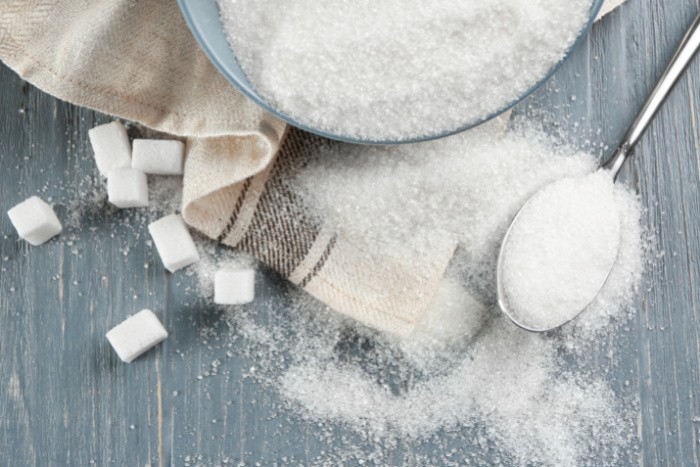

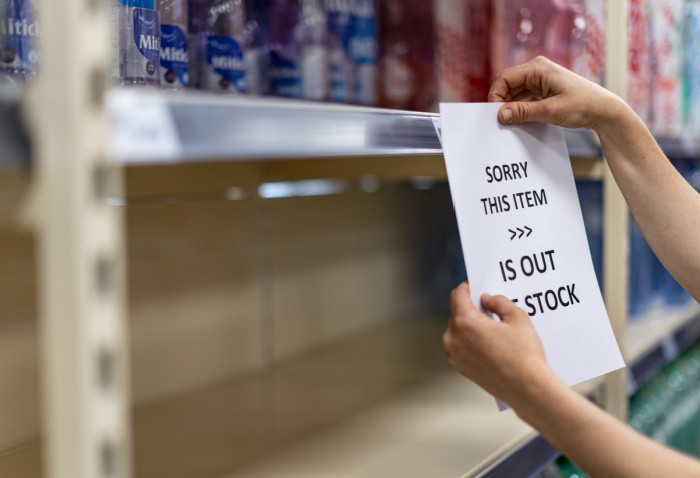
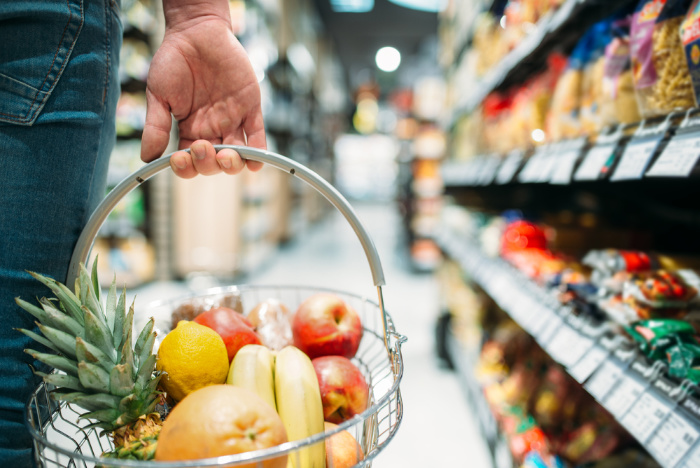
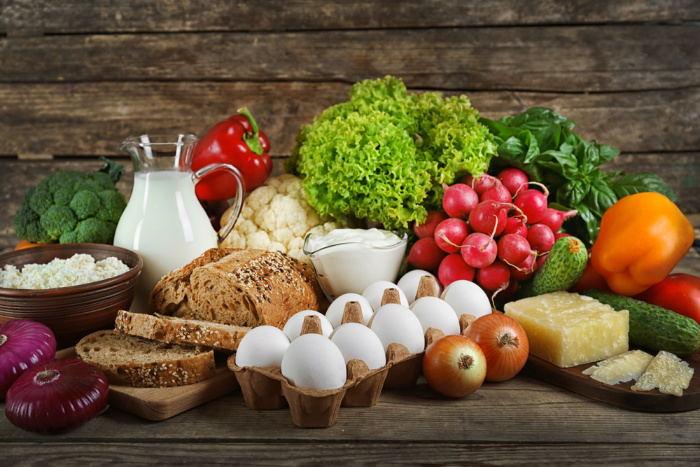
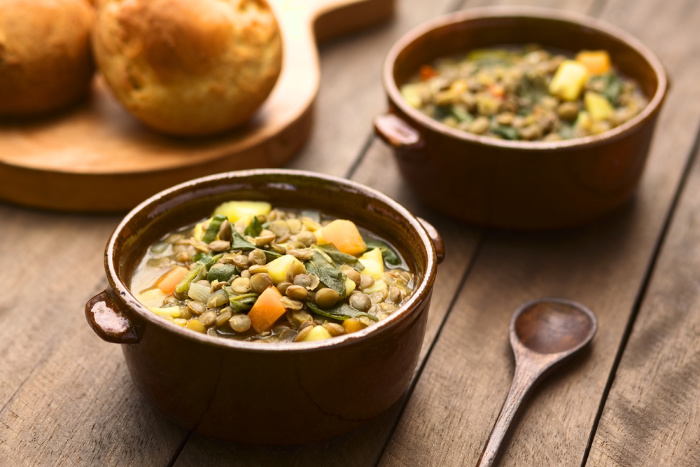
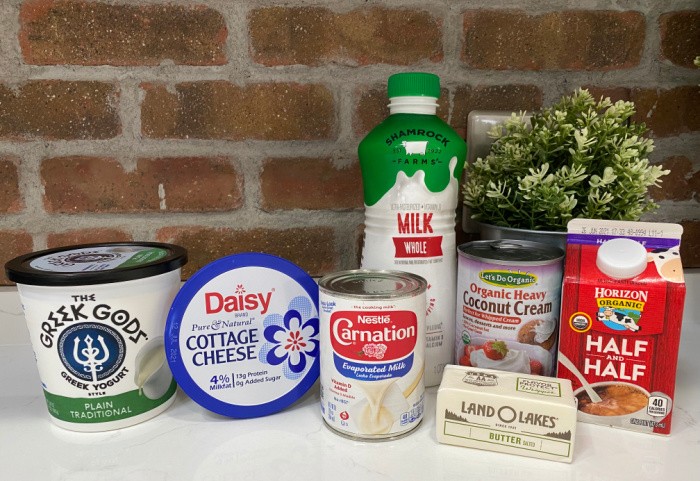
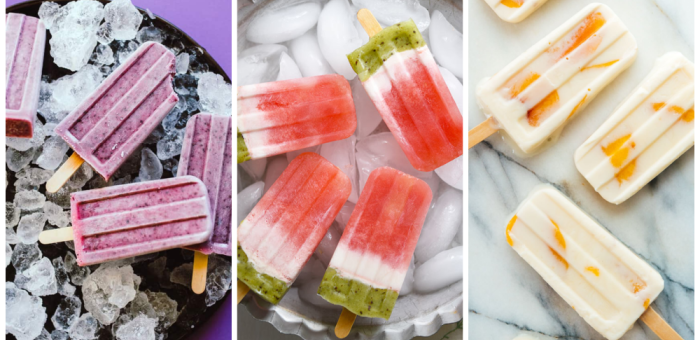

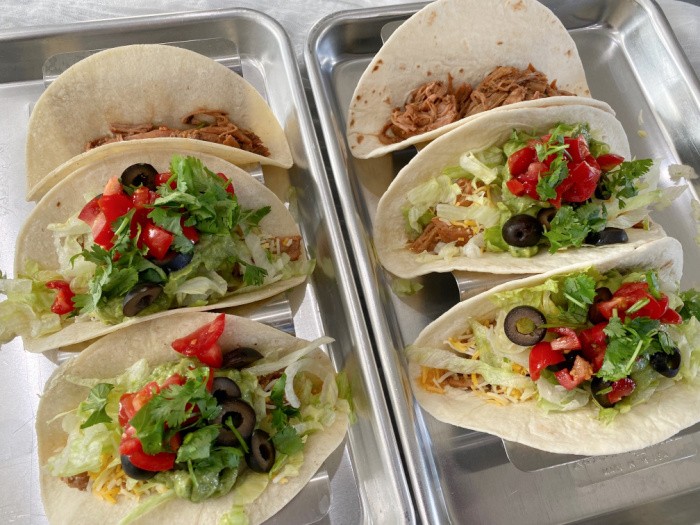

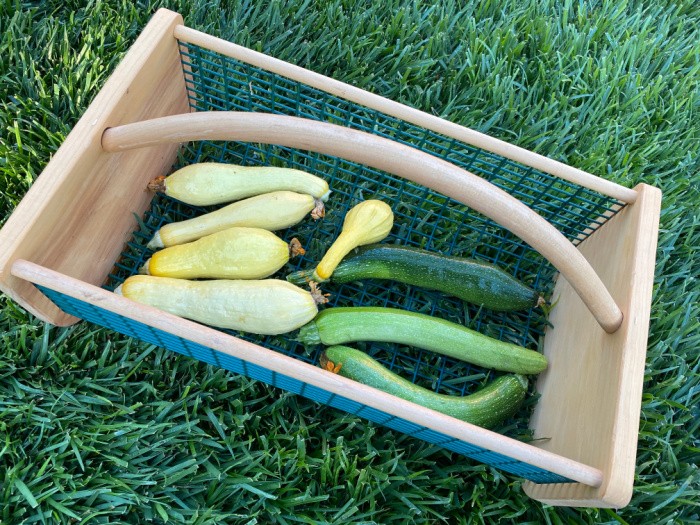
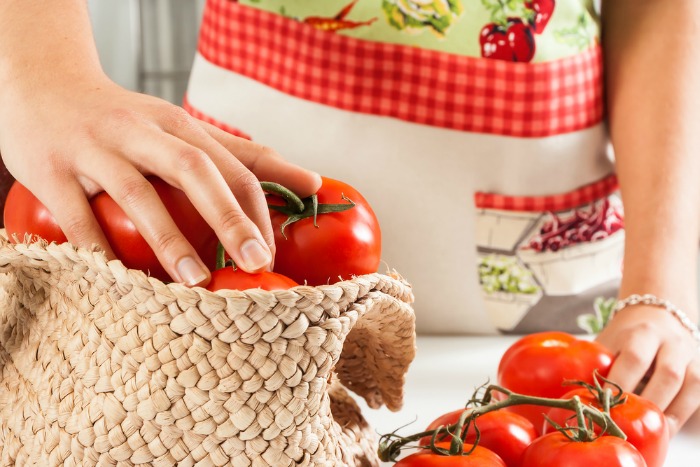

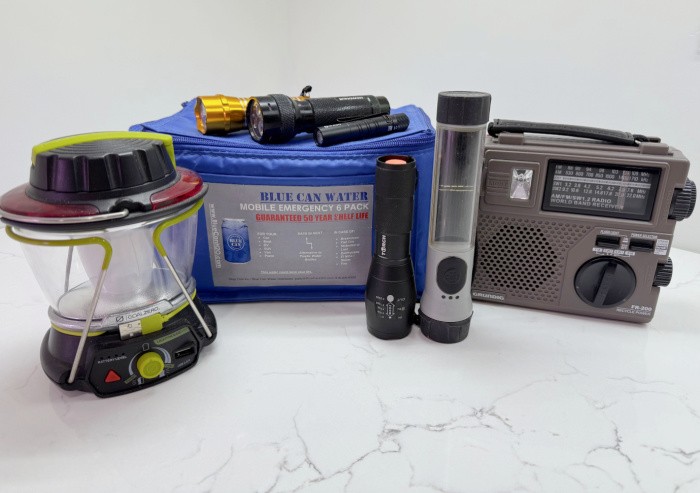






As you mentioned another source of sugar is the sugar beet – they are about 15% sucrose by weight. While I’ve never grown them myself, they are much easier to grow in northern climates than sugar cane. 😉 Although folks need to be careful as sugar beets, regular beets and swiss chard are all able to cross-pollinate, so crops need to be kept far enough apart to avoid problems.
And it looks like there is a commercial operation (probably more than one, but I found this one first when searching online) that produces sugar from sugar beets: https://www.crystalsugar.com/sugar-processing/sugar-from-sugar-beets/ for folks who want to try some.
Hi DmWalsh, oh thank you, for the link! Great tip on the cross-pollination!! I love trying new things, thank you!! Linda
I use the sugar replacement from KAF. It leaved no after taste an had monk fruit and some other ingredients. Works well with no after taste.
Hi Cheryl, I will have to look for that one. Thanks for the tip! Linda
Sugar does not come from the leaves of the sugar cane plant. It comes from the cane plant stems. I lived in Louisiana and my grandfather raised sugarcane.
Hi Luther, thank you for letting me know. I just corrected that sentence. Thanks again, Linda
I wouldn’t say Stevia tastes like sugar. I tried to use it and it made me sicker than a dog. I was vomiting so bad my husband had to put a bucket next to our bed. I don’t know what caused me to be so sick with it but I know my husband can’t use it either. When I have coupons from Smiths I buy it for my son. He can’t eat sugar even at 43 it makes him crawl the walls and tries to crawl the ceiling. He gets so hyper it isn’t funny.
Hi Jackie, well, let’s be honest sugar is the best. LOL! Wow!!! I’m sorry to hear you got so sick, yikes!! That hasn’t happened to me, but that doesn’t mean it won’t in the future! Thanks for the head up! I’ve been using it for years, fingers crossed I won’t get sick. We all grew up with white granulated sugar and honey, then someone made some sugar-free sweeteners. I bet people were healthier back in the 1970s??? Who knows, right? Stay healthy and stay away from Stevia, my friend. Linda
Linda your right people were healthier before the 1950’s There was no saccharine or other sugar free sweeteners and when these quick mixes came on the scene along with fast foods diabetes skyrocketed and all other types of diseases. When I am looking for a recipe I always look in my pre1950 cookbooks. They don’t have the fat content that foods have today, It’s best to use what you can use and if you can’t grow your own buy Kosher first and then organic and you will be in a better place. I know my mom froze all the vegetable’s my dad grew. But when I married I learned to can our food for a whole year and we kept potatoes in a bit my husband dug on the side of the chicken coop. We always had potatoes for the year and enough to use for planting for the next year. I miss those days.
Hi Jackie, I love old cookbooks!! I would miss those days as well. It’s too bad they make some fast food so cheap and unhealthy. People need to feed their families. But cooking from scratch is so much cheaper. Plus, some people have no desire to eat at home, fast food is convenient and fast. We can only help young mothers teach their kids to cook, garden, and preserve food. Linda
Linda:
We are facing worth. I wrote you privately and though I did not put my fears in print I asked you to contact me from your contact section. It is important news and it needs to be shared with people some way.
Hi Jackie, if the email was very long, it probably did not go through. Please send the message to: foodstoragemoms@yahoo.com